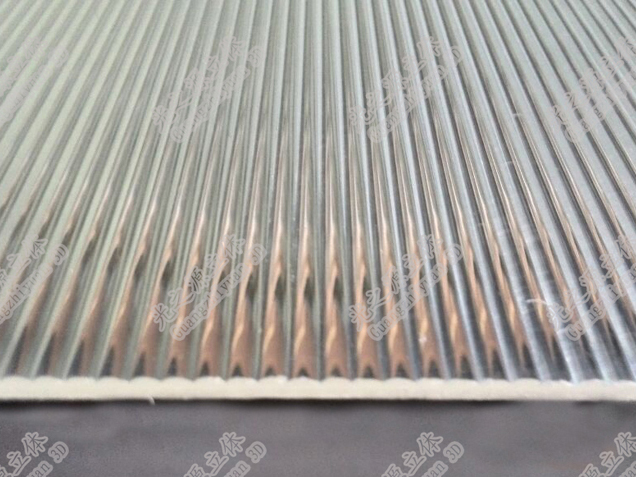Various Materials, LPI, and Thickness of Lenticular Lens
Choosing the appropriate supplies like lenticular lens sheet and procedures along the way is a crucial part of creating a
superb lenticular print. The majority of these issues are dealt with behind the
scenes, although changing technology and the availability of materials play a
significant role in these decisions. But here are some of the tools that make
up the lenticular toolbox for those who want a clearer idea of their
possibilities or a deeper understanding of physics.
Different Materials
The three main material types for lenticular plastic
sheets—commonly referred to as lenses—are PETG, Acrylic, and Polystyrene. The
most common type of lenticular lens used in the United States and Europe is
PETG, a strong form of polyester. It is a fantastic option for both commercial
and fine art lenticular since it is resistant to impact fractures and breaking.
The plastic sheet known as acrylic (PMMA) is used often in
everyday life, and acrylic resin has been used to create some very fine
lenticular lenses. Acrylic is renowned for its clarity and is suitable for
outdoor use, particularly when utilized in thicker sheet items.
The least costly of the polymers used to manufacture lenticular
is polystyrene, often known as PS, which is a transparent plastic resin ideal
for thick sheet goods. Unfortunately, PS is not regarded as a lasting material
for lenticular manufacture since it is extremely fragile and soon becomes
yellow when exposed to UV light.
LPI
The resolution of lenticular lenses from lenticular lens sheet manufacturer expressed as 'lenticules'
per inch (LPI), may be its most well-known characteristic. A lens's LPI, which
indicates the desired viewing distance, can be very coarse or very fine. It is
one of the initial compromises taken into account while creating a lenticular
print is LPI. More viewing distances with greater precision are possible with coarser
lenses because they conceal nearby pictures more effectively reducing ghosting
between frames. When there is a lot of fine detail, finer lenses perform well
since their surface structure can disappear when seen from a distance of
several feet.
Thickness
Lower LPI lenses are frequently thicker than higher LPI lenses, but 3D lenses
are always thicker than motion lenses. Unless the print needs to fit into a
fixture that already exists and has specific tolerances, the thickness is
frequently not significant to the end user. Large-format lenticulars often need
some sort of display support to prevent drooping. You can buy sheets from a
reliable lenticular lens sheet supplier.





Comments
Post a Comment